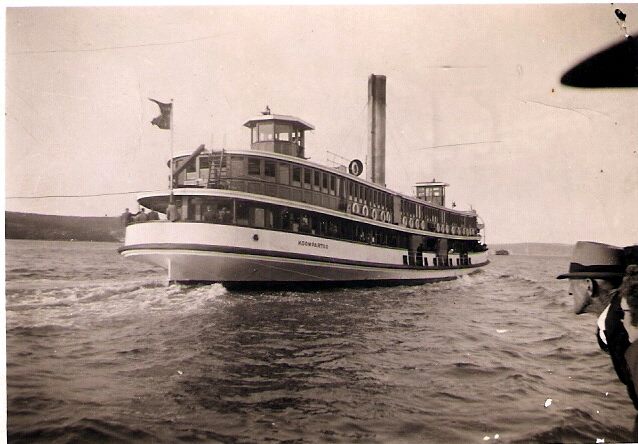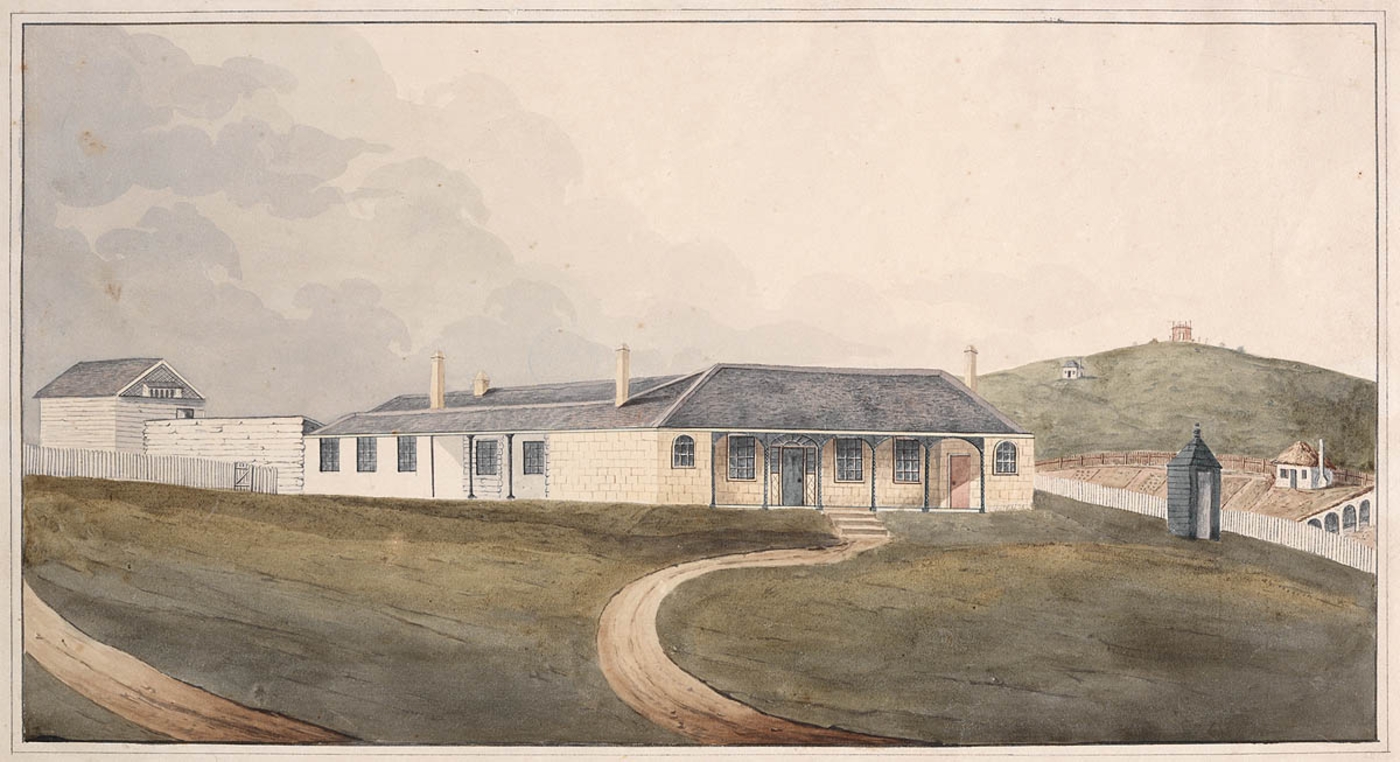|
Walsh Island Dockyard And Engineering Works
The Walsh Island Dockyard and Engineering Works was a dockyard and engineering workshop established by the Government of New South Wales in 1913, at Walsh Island, Newcastle, Australia. The foundation stone was laid on 15 June 1913 by Arthur Griffith, the Minister for Works. The dockyard was constructed as a replacement for Sydney's Cockatoo Island Dockyard, that was taken over by the federal government in 1913. Forty-seven vessels were constructed at the dockyard, including a 15,000-ton floating dock. The engineering works fabricated bolts, castings and steel fabrication work. It assembled electric carriages for the New South Wales Government Railways as well as trams. The dockyard was eventually abandoned in 1933 after the great depression and was dismantled and relocated to the new State Dockyard at Dyke End, Carrington. Ships built at Walsh Island Dockyard *SS ''Mildred'' (1914) *SS ''Delungra'' (1919) *SS ''Enoggera'' (1920) *SS ''Eurelia'' (1920) *SS ''Eromanga'' (1921) * ... [...More Info...] [...Related Items...] OR: [Wikipedia] [Google] [Baidu] |
Government Of New South Wales
The Government of New South Wales, also known as the NSW Government, is the executive state government of New South Wales, Australia. The government comprises 11 portfolios, led by a ministerial department and supported by several agencies. There are also a number of independent agencies that fall under a portfolio but remain at arms-length for political reasons, such as the Independent Commission Against Corruption (New South Wales), Independent Commission Against Corruption and New South Wales Electoral Commission, Electoral Commission. The state Executive Council of New South Wales, Executive Council, consisting of the Governor of New South Wales, governor and senior ministers, exercises the executive authority through the relevant portfolio. The current government is held by the New South Wales Labor Party, state Labor Party, led by Premier Chris Minns. Minns succeeded Dominic Perrottet from the Liberal Party of Australia (New South Wales Division), Liberal Party on 28 Marc ... [...More Info...] [...Related Items...] OR: [Wikipedia] [Google] [Baidu] |
HMAS Koompartoo
''Koompartoo'' was a 1922 Sydney Ferries Limited K-class ferry later converted to a Royal Australian Navy boom defence vessel. ''Koompartoo'', described in the press as a "Dreadnought for the Milsons Point run" and "a titan amongst ferries", was along with her sister ferry, '' Kuttabul'', the highest capacity ferries ever on Sydney Harbour. Commencing ferry service in 1922, they were designed and built for the short heavy-lift run on the Circular Quay to Milsons Point across to Sydney's North Shore prior to the 1932 opening of the Sydney Harbour Bridge. Following the opening of the Sydney Harbour Bridge, both ferries were redundant. During World War II, they were requisitioned by the Royal Australian Navy. ''Kuttabul'' was sunk during the 1942 Japanese Attack on Sydney Harbour with the loss of 19 lives. ''Koompartoo'' was converted to a boom defence vessel and taken to Darwin. Following the War, she was laid up in Sydney until 1962 when she was taken to Launceston, Tasmania ... [...More Info...] [...Related Items...] OR: [Wikipedia] [Google] [Baidu] |
1933 Disestablishments In Australia
Events January * January 11 – Australian aviator Sir Charles Kingsford Smith makes the first commercial flight between Australia and New Zealand. * January 17 – The United States Congress votes in favour of Philippines independence, against the wishes of U.S. President Herbert Hoover. * January 28 – "Pakistan Declaration": Choudhry Rahmat Ali publishes (in Cambridge, UK) a pamphlet entitled ''Now or Never; Are We to Live or Perish Forever?'', in which he calls for the creation of a Muslim state in northwest India that he calls "Pakistan, Pakstan"; this influences the Pakistan Movement. * January 30 ** Nazi Party leader Adolf Hitler is appointed Chancellor of Germany (German Reich), Chancellor of Germany by President of Germany Paul von Hindenburg. ** Édouard Daladier forms a government in France in succession to Joseph Paul-Boncour. He is succeeded on October 26 by Albert Sarraut and on November 26 by Camille Chautemps. February * February 1 – Adolf Hitle ... [...More Info...] [...Related Items...] OR: [Wikipedia] [Google] [Baidu] |
1913 Establishments In Australia
Events January * January – Joseph Stalin travels to Vienna to research his ''Marxism and the National Question''. This means that, during this month, Stalin, Hitler, Trotsky and Tito are all living in the city. * January 3 – First Balkan War: Greece completes its capture of the eastern Aegean island of Chios, as the last Ottoman forces on the island surrender. * January 13 – Edward Carson founds the (first) Ulster Volunteer Force, by unifying several existing loyalist militias to resist home rule for Ireland. * January 18 – First Balkan War: Battle of Lemnos – Greek admiral Pavlos Kountouriotis forces the Turkish fleet to retreat to its base within the Dardanelles, from which it will not venture for the rest of the war. * January 23 – 1913 Ottoman coup d'état: Enver Pasha comes to power. February * February 1 – New York City's Grand Central Terminal, having been rebuilt, reopens as the world's largest railroad station. * F ... [...More Info...] [...Related Items...] OR: [Wikipedia] [Google] [Baidu] |
Shipbuilding Companies Of Australia
Shipbuilding is the construction of ships and other Watercraft, floating vessels. In modern times, it normally takes place in a specialized facility known as a shipyard. Shipbuilders, also called shipwrights, follow a specialized occupation that traces its roots to before recorded history. Until recently, with the development of complex non-maritime technologies, a ship has often represented the most advanced structure that the society building it could produce. Some key industrial advances were developed to support shipbuilding, for instance the sawing of timbers by Saw#Mechanically powered saws, mechanical saws propelled by windmills in Dutch shipyards during the first half of the 17th century. The design process saw the early adoption of the logarithm (invented in 1615) to generate the curves used to produce the shape of a hull (watercraft), hull, especially when scaling up these curves accurately in the mould Lofting, loft. Shipbuilding and ship repairs, both commercial an ... [...More Info...] [...Related Items...] OR: [Wikipedia] [Google] [Baidu] |
Defunct Rolling Stock Manufacturers Of Australia
{{Disambiguation ...
Defunct may refer to: * ''Defunct'' (video game), 2014 * Zombie process or defunct process, in Unix-like operating systems See also * * :Former entities * End-of-life product * Obsolescence Obsolescence is the process of becoming antiquated, out of date, old-fashioned, no longer in general use, or no longer useful, or the condition of being in such a state. When used in a biological sense, it means imperfect or rudimentary when comp ... [...More Info...] [...Related Items...] OR: [Wikipedia] [Google] [Baidu] |
History Of Newcastle, New South Wales
Archaeological evidence indicates that human beings have inhabited the area around Newcastle, New South Wales for at least 6500 years. In 2009, archaeologist uncovered over 5,534 Aboriginal artefacts, representing three occupation periods. In the 1820s, the Lancelot Threlkeld, Reverend Lancelot Threlkeld worked with local Awabakal man Biraban to record the Awabakal language. Since 1892, the Indigenous people of Newcastle have come to be known as the Awabakal. The first European to explore the area was Lieutenant John Shortland in September 1797. He had been sent in search of convicts who had seized sailing from Sydney Cove. On his return, Lt. Shortland entered "a very fine coal river", which he named after New South Wales' Governor, John Hunter (Royal Navy officer), John Hunter. The coal mined from the area was the New South Wales colony's first export. Newcastle gained a reputation as a "hellhole" as it was where the most dangerous convicts were sent to dig in the coal mines as ... [...More Info...] [...Related Items...] OR: [Wikipedia] [Google] [Baidu] |
Engineering Companies Of Australia
Engineering is the practice of using natural science, mathematics, and the engineering design process to solve problems within technology, increase efficiency and productivity, and improve systems. Modern engineering comprises many subfields which include designing and improving infrastructure, machinery, vehicles, electronics, materials, and energy systems. The discipline of engineering encompasses a broad range of more specialized fields of engineering, each with a more specific emphasis for applications of mathematics and science. See glossary of engineering. The word ''engineering'' is derived from the Latin . Definition The American Engineers' Council for Professional Development (the predecessor of the Accreditation Board for Engineering and Technology aka ABET) has defined "engineering" as: History Engineering has existed since ancient times, when humans devised inventions such as the wedge, lever, wheel and pulley, etc. The term ''engineering'' is derived f ... [...More Info...] [...Related Items...] OR: [Wikipedia] [Google] [Baidu] |
Sydney P-Class Tram
The P-class trams were a class of trams operated on the Trams in Sydney, Sydney tram network. History Between 1921 and 1929, 258 P class trams were built by Randwick Bus Depot, Randwick Tramway Workshops, Meadowbank Manufacturing Company, and the Walsh Island Dockyard & Engineering Works, Walsh Island Dockyard. As with the preceding Sydney O-Class Tram, O class trams, the P class were cross bench cars with 80 seat capacity. They were a big improvement over the O-class in that all compartments offered protection from bad weather on both sides of the bodies when running. Fitted with folding canvas doors in each compartment, conductors only had to push open one half of a door. The P-class trams were based at all depots on the main system except Rushcutters Bay Tram Depot, Rushcutters Bay, but worked to the Sydney Stadium, just past the depot between 1947 and 1959 out of Waverley Bus Depot, Waverley and Dowling Street Tram Depot, Dowling Street for special events, plus out to Watso ... [...More Info...] [...Related Items...] OR: [Wikipedia] [Google] [Baidu] |
New South Wales Standard Suburban Carriage Stock
The New South Wales Standard suburban carriage stock are a class of electric multiple units that were operated by the New South Wales Government Railways and its successors between 1926 and 1992. They served on the Railways in Sydney, Sydney suburban network. In the years before their withdrawal, they were nicknamed red rattlers, a term borrowed from the Melbourne Tait (train), Tait trains. History To provide rolling stock for the Railways in Sydney#Electrification, electrification of Sydney's Commuter rail, suburban rail network, steel carriages were ordered."Sydney's Electric Trains from 1926 to 1960" ''Australian Railway History, ARHS Bulletin'' issue 761 March 2001 pages 90-93 The initial 50 power cars were built in England by Leeds Forge Company and shipped to Australia in Knock-down kit, knocked-down condition. They were assembled by Eveleigh Carriage Workshops (10) and Clyde Engineering (40) between April and October 1925. Initially numbered 2213-2262, they entered serv ... [...More Info...] [...Related Items...] OR: [Wikipedia] [Google] [Baidu] |
HMAS Tolga
HMAS ''Tolga'' was an auxiliary minesweeper which served in the Royal Australian Navy (RAN) during World War II. ''Tolga'' was built in 1925 by the Walsh Island Dockyard & Engineering Works, Newcastle for Dorman Long, Sydney as ''Dorlonco''. She was renamed in Sydney as the ''Sir T. Hugh Bell'' in 1926. She was sold to the Adelaide Steamship Company in 1930 and renamed ''Tolga''. She was utilised along the Queensland coast as a sugar lighter between shore to larger vessels offshore. ''Tolga'' was requisitioned by the RAN in 1940 and commissioned as an auxiliary minesweeper. She was attached to Minesweeping Group 70, based at Darwin. In 1942, she was converted to a water carriers and later as a stores carrier. Purchased by the RAN in 1946, she was paid off on 3 March 1946. Surveys determined that she had deteriorated and was structurally unsafe to transport back to Australia. Fate ''Tolga'' was towed out to sea by the frigate on 30 April 1946 and was scuttled off the north coa ... [...More Info...] [...Related Items...] OR: [Wikipedia] [Google] [Baidu] |







